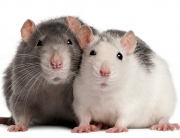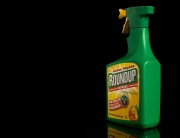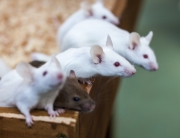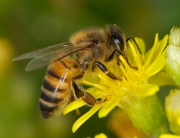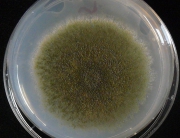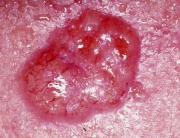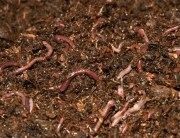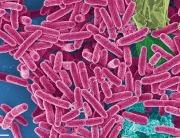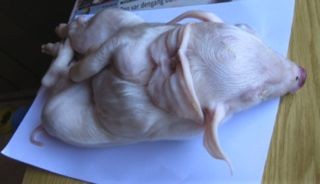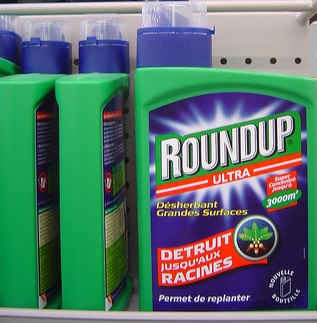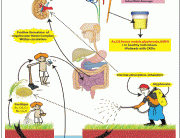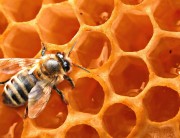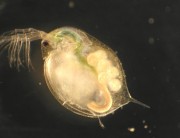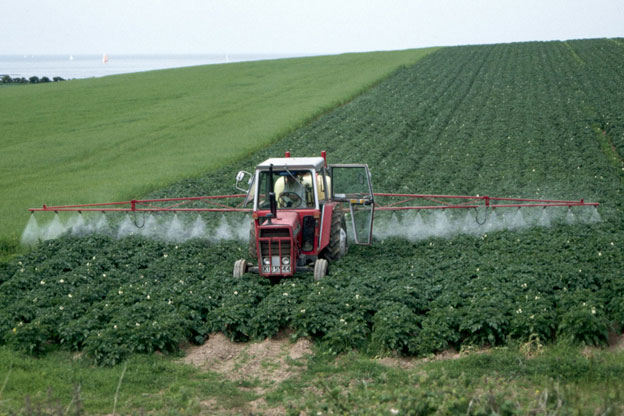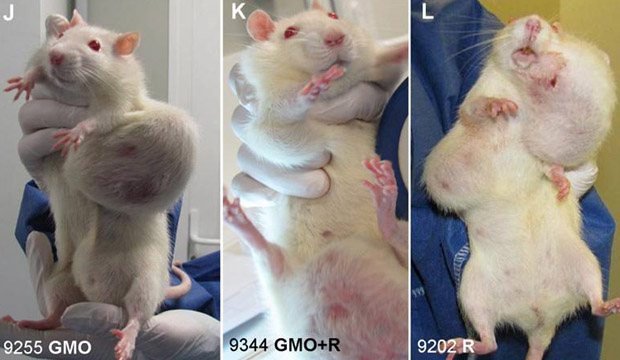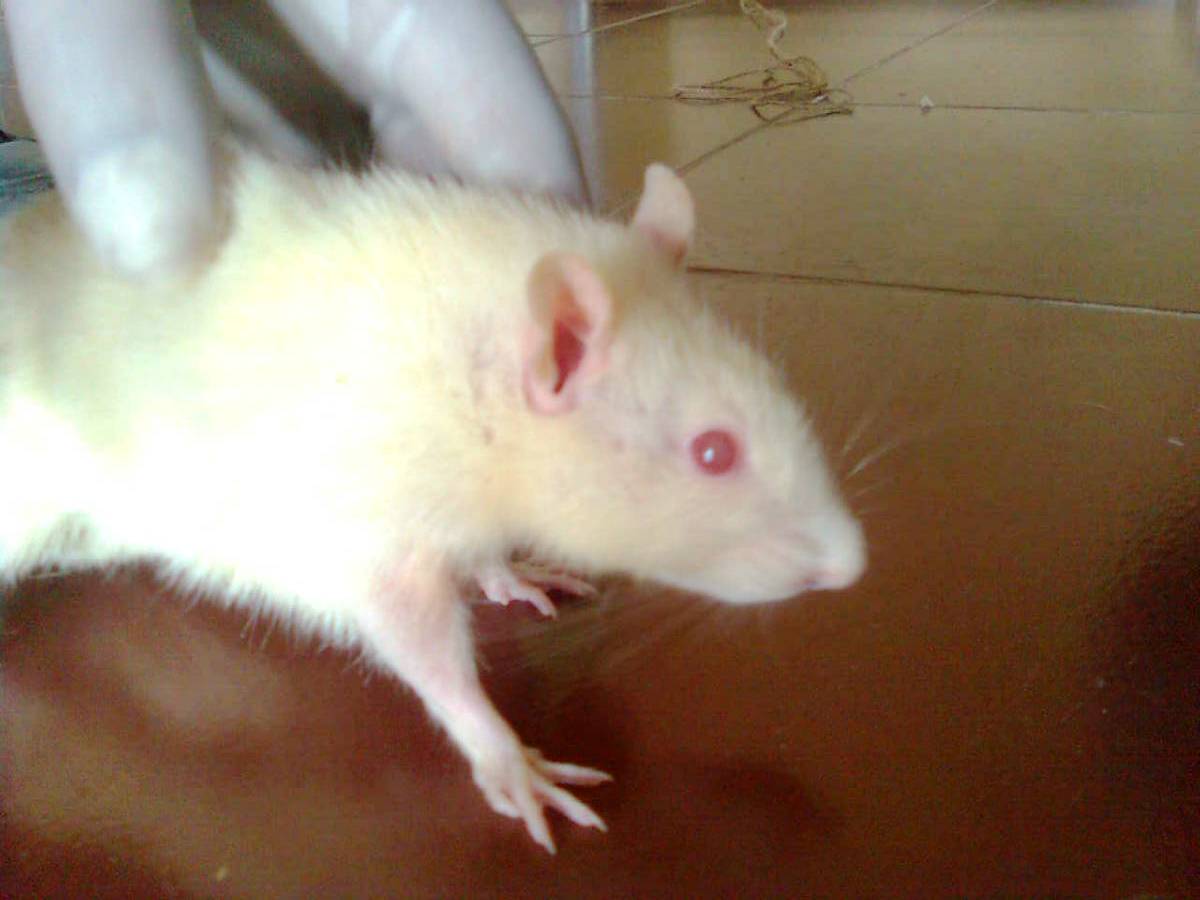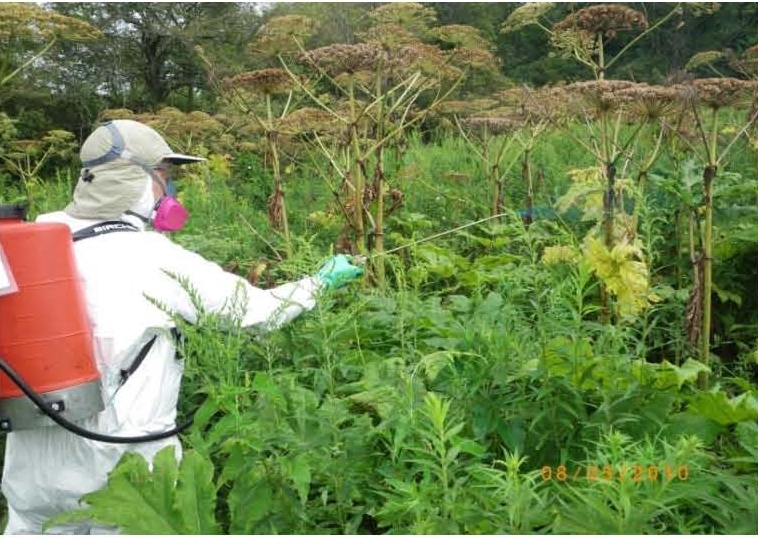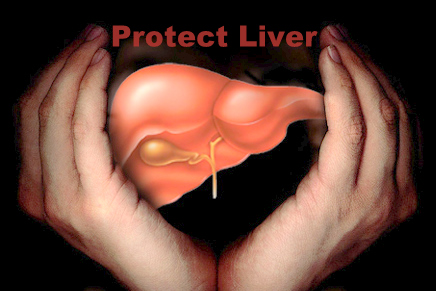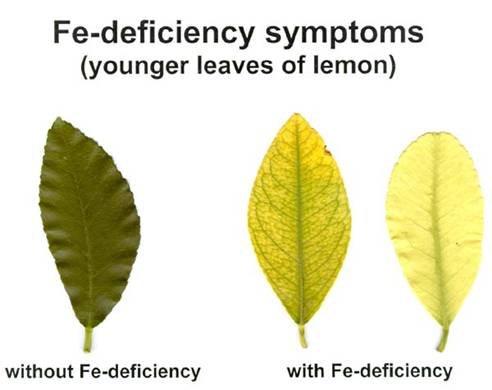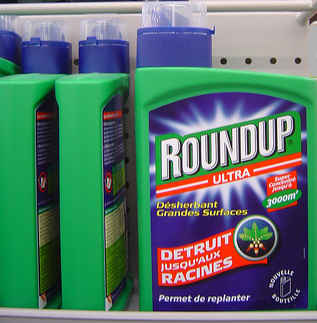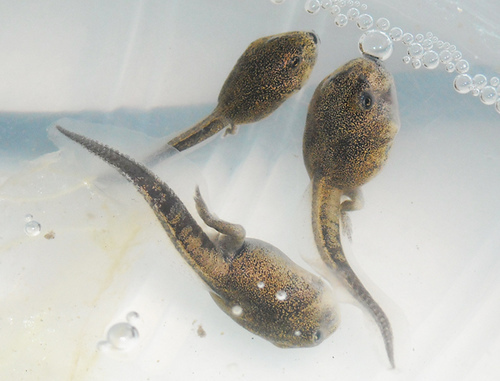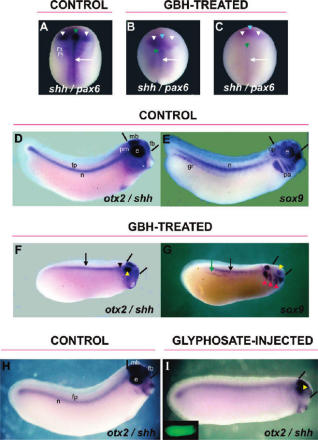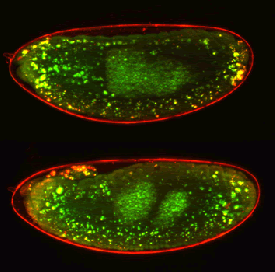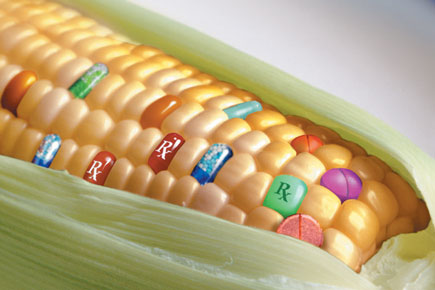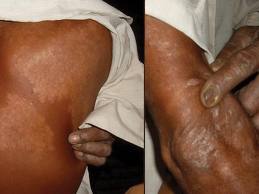Researchers from the Indian Institute of Toxicology Research have confirmed the carcinogenic potential of Roundup herbicide using human skin cells (HaCaT ) exposed to extremely low concentrations of the world’s best selling herbicide.
Emptying of Intracellular Calcium Pool and Oxidative Stress Imbalance Are Associated with the Glyphosate-Induced Proliferation in Human Skin Keratinocytes HaCaT Cells
Authors: Jasmine George and Yogeshwer Shukla
Abstract:
We demonstrated that glyphosate possesses tumor promoting potential in mouse skin carcinogenesis and SOD 1, calcyclin (S100A6), and calgranulin B (S100A9) have been associated with this potential, although the mechanism is unclear. We aimed to clarify whether imbalance in between levels and oxidative stress is associated with glyphosate-induced proliferation in human keratinocytes HaCaT cells. The levels, ROS generation, and expressions of G1/S cyclins, IP3R1, S100A6, S100A9, and SOD 1, and apoptosis-related proteins were investigated upon glyphosate exposure in HaCaT cells. Glyphosate (0.1 mM) significantly induced proliferation, decreases , and increases ROS generation in HaCaT cells, whereas antioxidant N-acetyl-L-cysteine (NAC) pretreatment reverts these effects which directly indicated that glyphosate induced cell proliferation by lowering levels via ROS generation. Glyphosate also enhanced the expression of G1/S cyclins associated with a sharp decrease in G0/G1 and a corresponding increase in S-phases. Additionally, glyphosate also triggers S100A6/S100A9 expression and decreases IP3R1 and SOD 1 expressions in HaCaT cells. Notably, Ca2+ suppression also prevented apoptotic related events including Bax/Bcl-2 ratio and caspases activation. This study highlights that glyphosate promotes proliferation in HaCaT cells probably by disrupting the balance in between levels and oxidative stress which in turn facilitated the downregulation of mitochondrial apoptotic signaling pathways.






